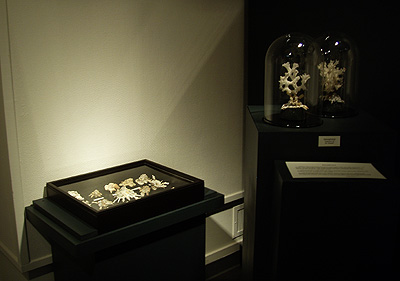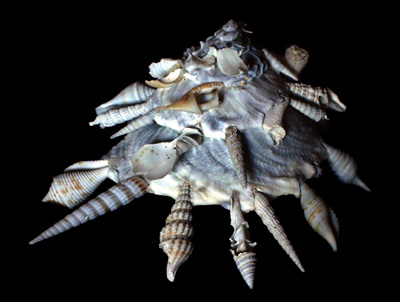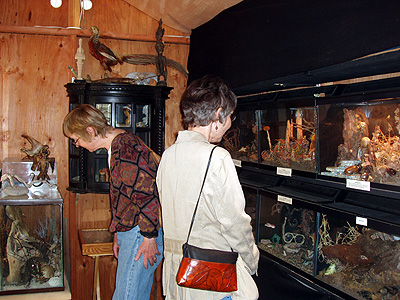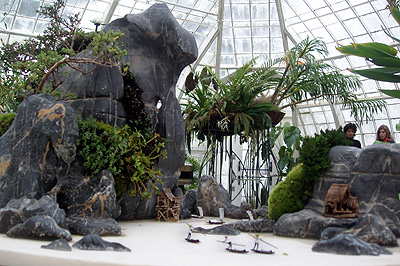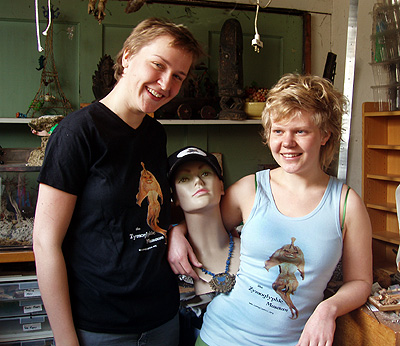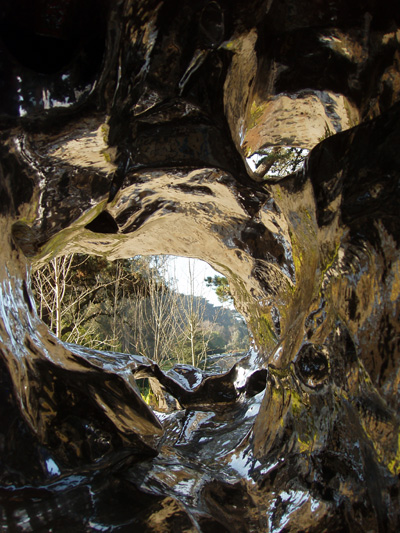
Zhan Wang is a Chinese sculptor who has created a number of metal viewing stones in stainless steel, titled simply "Artificial Rock". He makes them by forming stainless steel over a selected rock, peeling away the metal, assembling the pieces into a hollow copy of the original stone, and polishing to a reflective shine. The result combines the complex forms and organic textures of the original stone with the sleek modernity of chrome.
Most of the artificial stones are one or two feet high, but there is one of monumental size in the de Young Museum's sculpture garden. Taking close-up photographs of the stone creates a sort of "found art". The rough texture creates a vertiginous funhouse mirror effect and, with no color of its own, the surface takes on the colors of the surrounding environment. Green patches are the reflection of surrounding vegetation, blue pools come from the sky, and the dark areas are shadows, often the photographer's own.
Zhan Wang has created his own series of similar photographs, an example of which can be found here.
